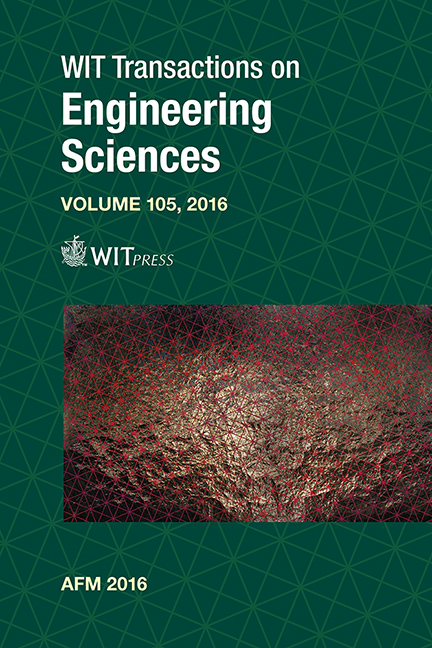Effect Of Defect Angle And Wavelength On Micro-jet Forms
Price
Free (open access)
Transaction
Volume
105
Pages
9
Page Range
243 - 251
Published
2016
Size
1,251 kb
Paper DOI
10.2495/AFM160211
Copyright
WIT Press
Author(s)
L. Chao, W. Pei, F. Qijing
Abstract
When a shock wave is reflected from a metal surface with groove defects, the micro-jets would be emitted from the free surface of the sample. The mass, velocity, and distribution of the micro-jet depends not only on the shock wave conditions and material properties of the metal, but also on the shape and wavelength of the defects on the sample surface. To understand the effect of the groove angle and wavelength on the micro-jet properties, an elastic plastic hydrodynamics Euler code was applied. The maximum velocity, ejecting factor and mass-velocity distribution of the micro-jet from different groove angles and various wavelengths were presented. The numerical simulation results showed that the maximum velocity was sensitive to the change of groove angle and insensitive to the variety of groove wavelength, the ejecting factor and mass-velocity distribution changed remarkably with the variety of groove angle and wavelength. But when the groove wavelength was longer than 5 times the groove depth, the ejecting factor and mass-velocity distribution of the micro-jet maintained invariance.
Keywords
micro-jet, groove defects, shock loading, ejecting factor, Euler hydrodynamic method





